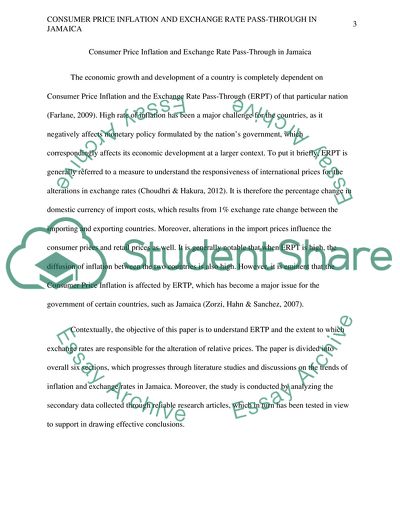Cite this document
(Consumer Price Inflation And Exchange Rate Pass-Through In Jamaica Research Paper, n.d.)
Consumer Price Inflation And Exchange Rate Pass-Through In Jamaica Research Paper. https://studentshare.org/macro-microeconomics/1877759-consumer-price-inflation-and-exchange-rate-pass-through-in-jamaica
Consumer Price Inflation And Exchange Rate Pass-Through In Jamaica Research Paper. https://studentshare.org/macro-microeconomics/1877759-consumer-price-inflation-and-exchange-rate-pass-through-in-jamaica
(Consumer Price Inflation And Exchange Rate Pass-Through In Jamaica Research Paper)
Consumer Price Inflation And Exchange Rate Pass-Through In Jamaica Research Paper. https://studentshare.org/macro-microeconomics/1877759-consumer-price-inflation-and-exchange-rate-pass-through-in-jamaica.
Consumer Price Inflation And Exchange Rate Pass-Through In Jamaica Research Paper. https://studentshare.org/macro-microeconomics/1877759-consumer-price-inflation-and-exchange-rate-pass-through-in-jamaica.
“Consumer Price Inflation And Exchange Rate Pass-Through In Jamaica Research Paper”. https://studentshare.org/macro-microeconomics/1877759-consumer-price-inflation-and-exchange-rate-pass-through-in-jamaica.


